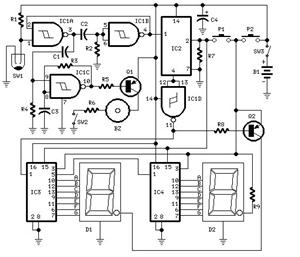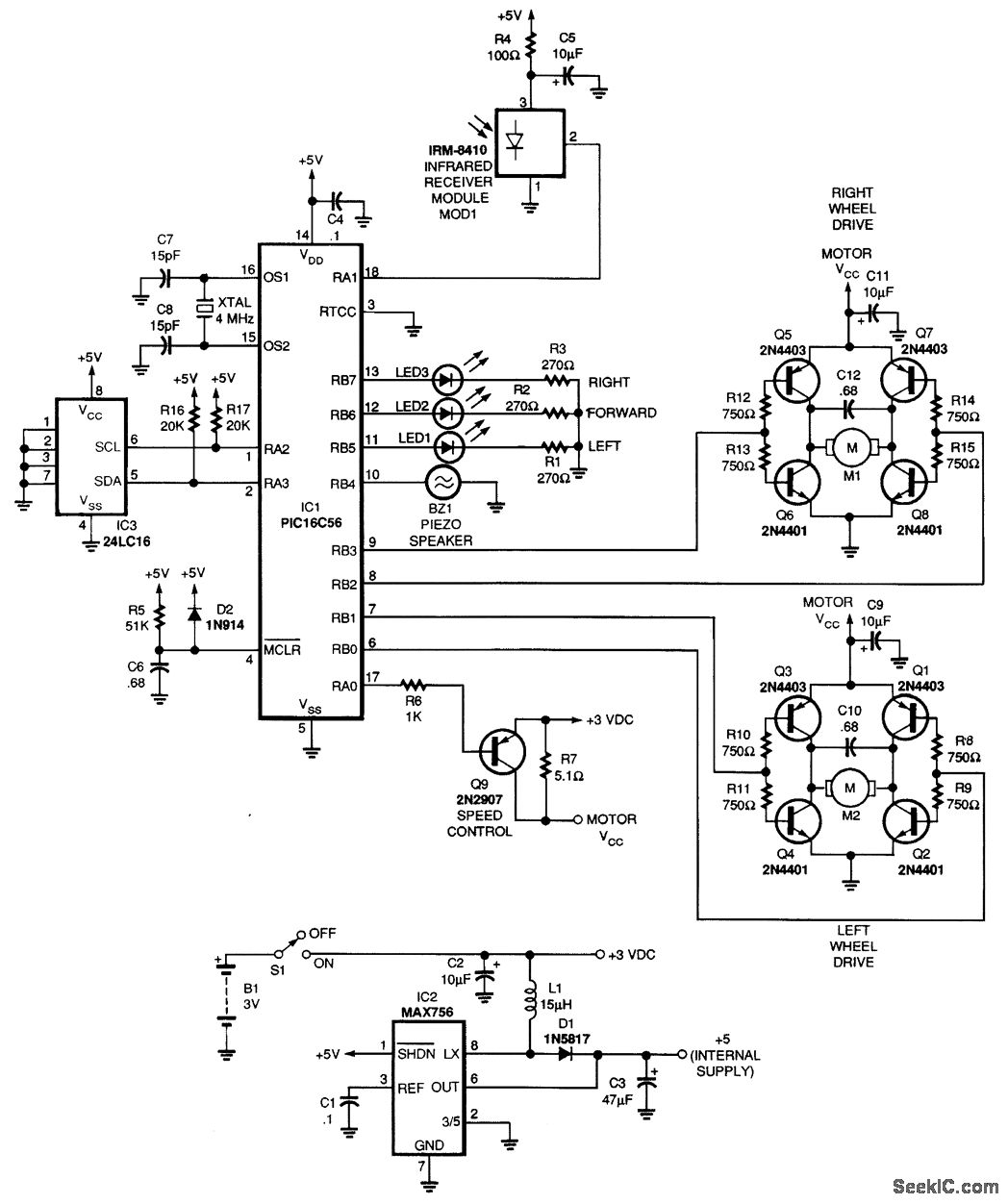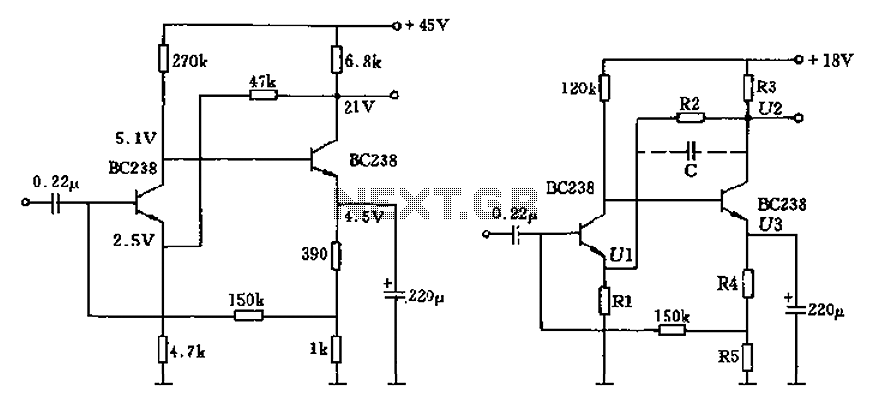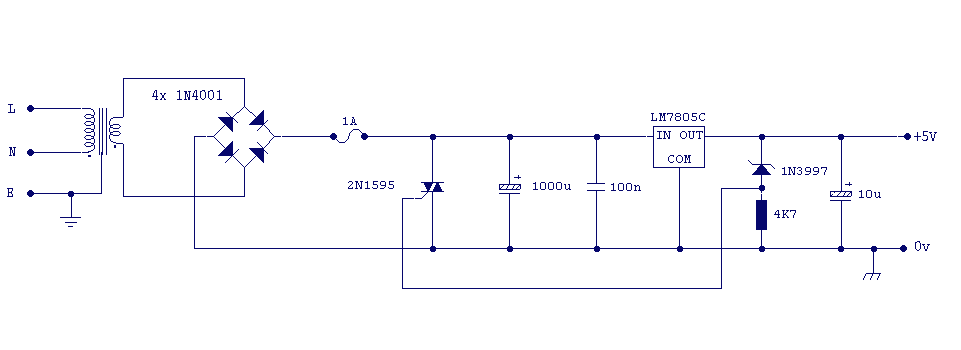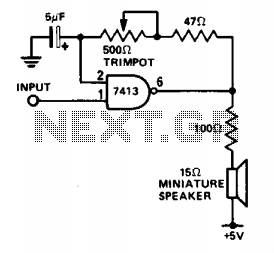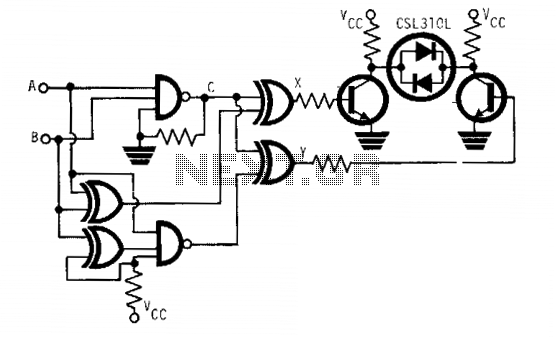
flipflop Purpose of the logic gate configurations on the Kenbak-1
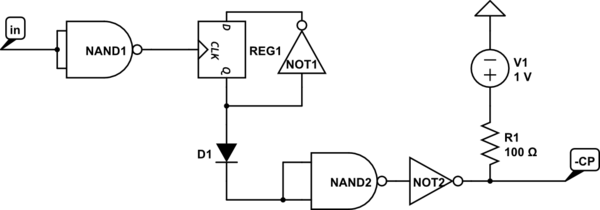
This text discusses the functionality of a flip-flop, specifically focusing on the role of two NAND gates and the presence of an additional inverter. It suggests allowing time for others to analyze the question and formulate their theories, emphasizing that an answered question may attract fewer visitors. The recommendation is to wait approximately 24 hours before accepting an answer to ensure all time zones have the opportunity to participate.
A flip-flop is a fundamental building block in digital electronics, functioning as a bistable multivibrator that can hold one of two states. The flip-flop described utilizes NAND gates instead of traditional inverters due to their unique operational characteristics. NAND gates can be configured to create memory elements, meaning they can retain their state even after the input signals are removed, which is essential for flip-flop functionality.
In this configuration, the two NAND gates work together to form a basic SR (Set-Reset) flip-flop. The outputs of these gates are fed back into their inputs in a way that allows for stable state retention. The presence of an additional inverter in the circuit serves to ensure that the logic levels are compatible with the NAND gate inputs, allowing for proper operation of the flip-flop. This inverter may also be used to invert the output signal for specific applications where the opposite logic state is required.
Understanding the operation of this flip-flop is crucial for designing more complex digital systems, as it serves as the basis for memory storage, data synchronization, and state machines. The recommendation to wait for others to contribute their theories before accepting an answer highlights the collaborative nature of electronic design discussions, where diverse perspectives can lead to a more comprehensive understanding of circuit behavior.What that flip-flop does, but mostly why those two NAND gates aren`t just inverters. and why the one on the bottom (and the inverter next to it) are even there. You should wait with accepting the answer and allow others to have a look and write up their theory. An answered question will attract less visitors. It is good practice to wait with accepting for about 24hrs, so all timezones have had a chance to take a look. jippie Jun 15 `13 at 18:40 🔗 External reference
A flip-flop is a fundamental building block in digital electronics, functioning as a bistable multivibrator that can hold one of two states. The flip-flop described utilizes NAND gates instead of traditional inverters due to their unique operational characteristics. NAND gates can be configured to create memory elements, meaning they can retain their state even after the input signals are removed, which is essential for flip-flop functionality.
In this configuration, the two NAND gates work together to form a basic SR (Set-Reset) flip-flop. The outputs of these gates are fed back into their inputs in a way that allows for stable state retention. The presence of an additional inverter in the circuit serves to ensure that the logic levels are compatible with the NAND gate inputs, allowing for proper operation of the flip-flop. This inverter may also be used to invert the output signal for specific applications where the opposite logic state is required.
Understanding the operation of this flip-flop is crucial for designing more complex digital systems, as it serves as the basis for memory storage, data synchronization, and state machines. The recommendation to wait for others to contribute their theories before accepting an answer highlights the collaborative nature of electronic design discussions, where diverse perspectives can lead to a more comprehensive understanding of circuit behavior.What that flip-flop does, but mostly why those two NAND gates aren`t just inverters. and why the one on the bottom (and the inverter next to it) are even there. You should wait with accepting the answer and allow others to have a look and write up their theory. An answered question will attract less visitors. It is good practice to wait with accepting for about 24hrs, so all timezones have had a chance to take a look. jippie Jun 15 `13 at 18:40 🔗 External reference
Warning: include(partials/cookie-banner.php): Failed to open stream: Permission denied in /var/www/html/nextgr/view-circuit.php on line 713
Warning: include(): Failed opening 'partials/cookie-banner.php' for inclusion (include_path='.:/usr/share/php') in /var/www/html/nextgr/view-circuit.php on line 713
